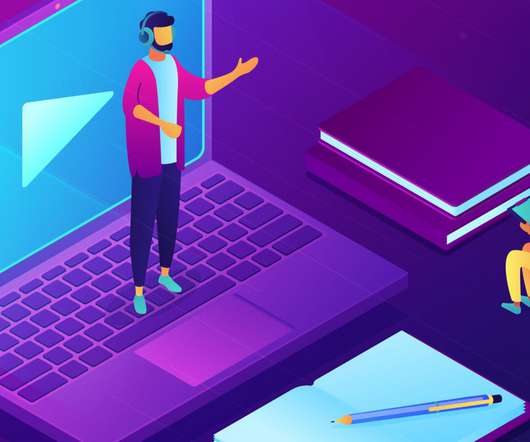Paying to Turn in Homework? ASU Prof's Viral Email Raises Questions About Online Textbook Model
Edsurge
APRIL 25, 2019
That’s a stark departure from the age-old textbook model, which gave students the option of buying a used copy, renting a book or borrowing one if they didn’t want to fork over the money for a new one. That raises the question: is the move to digital homework systems creating a new kind of digital divide at colleges?















Let's personalize your content